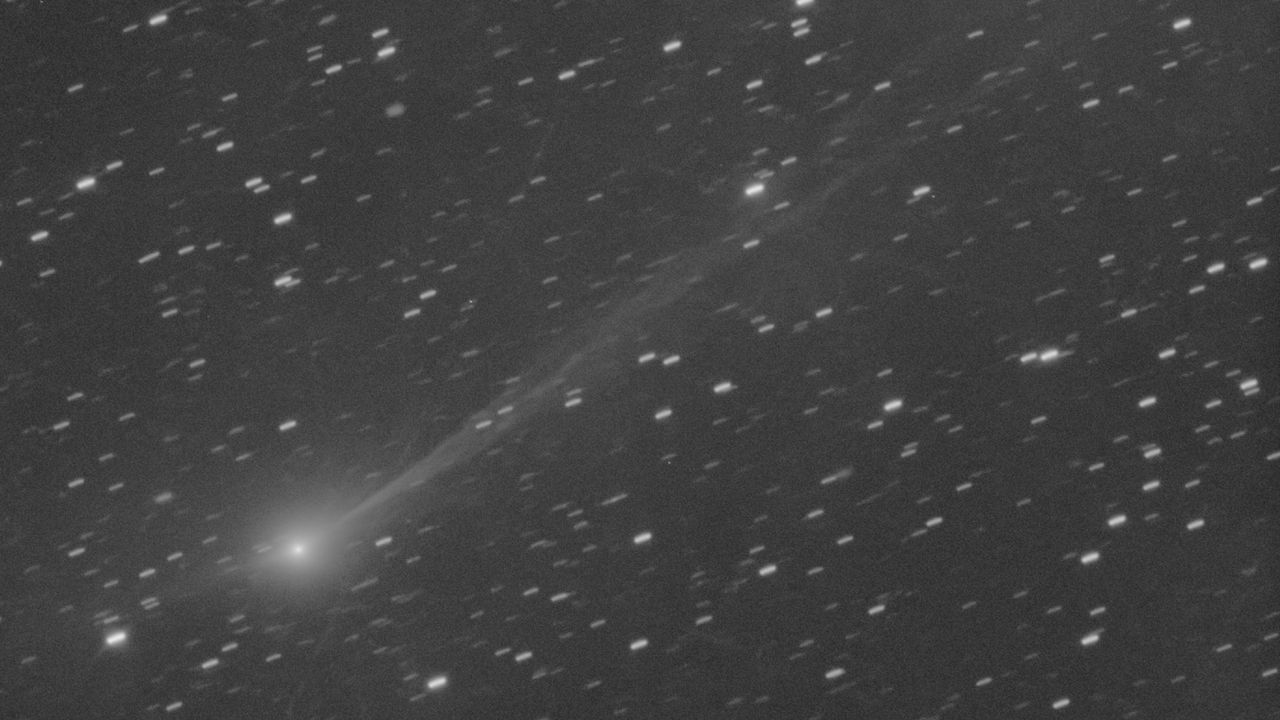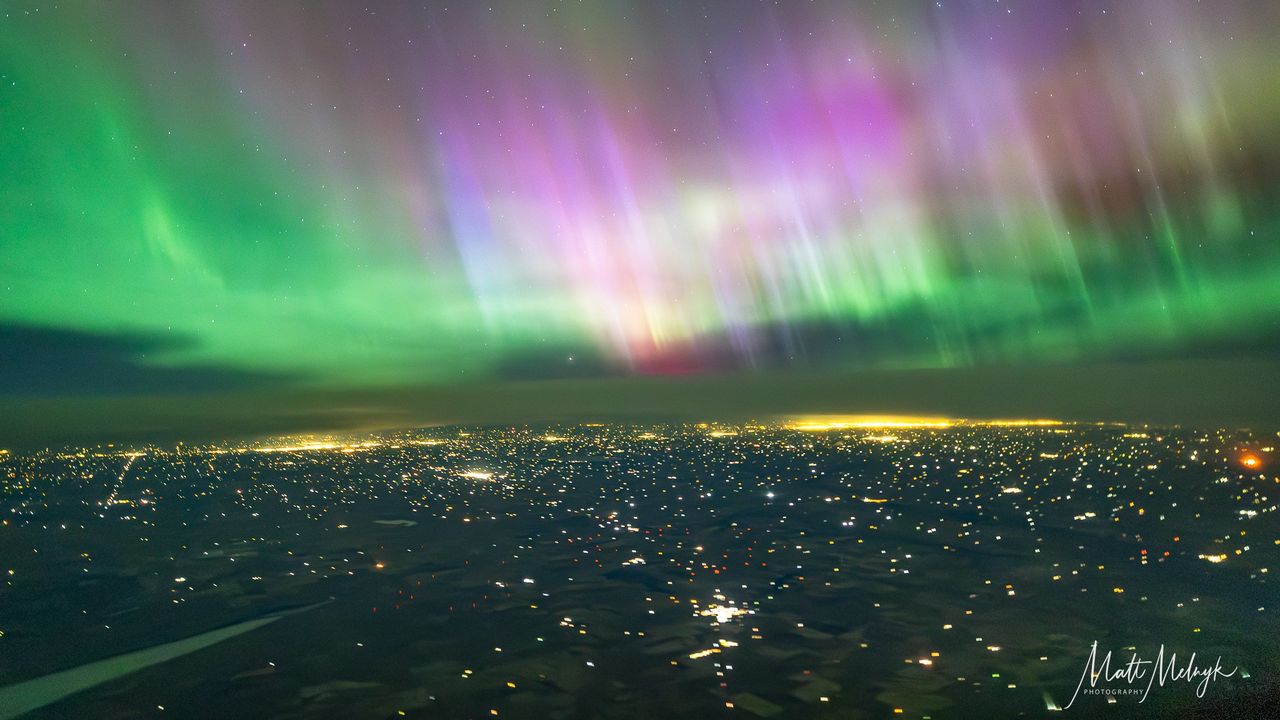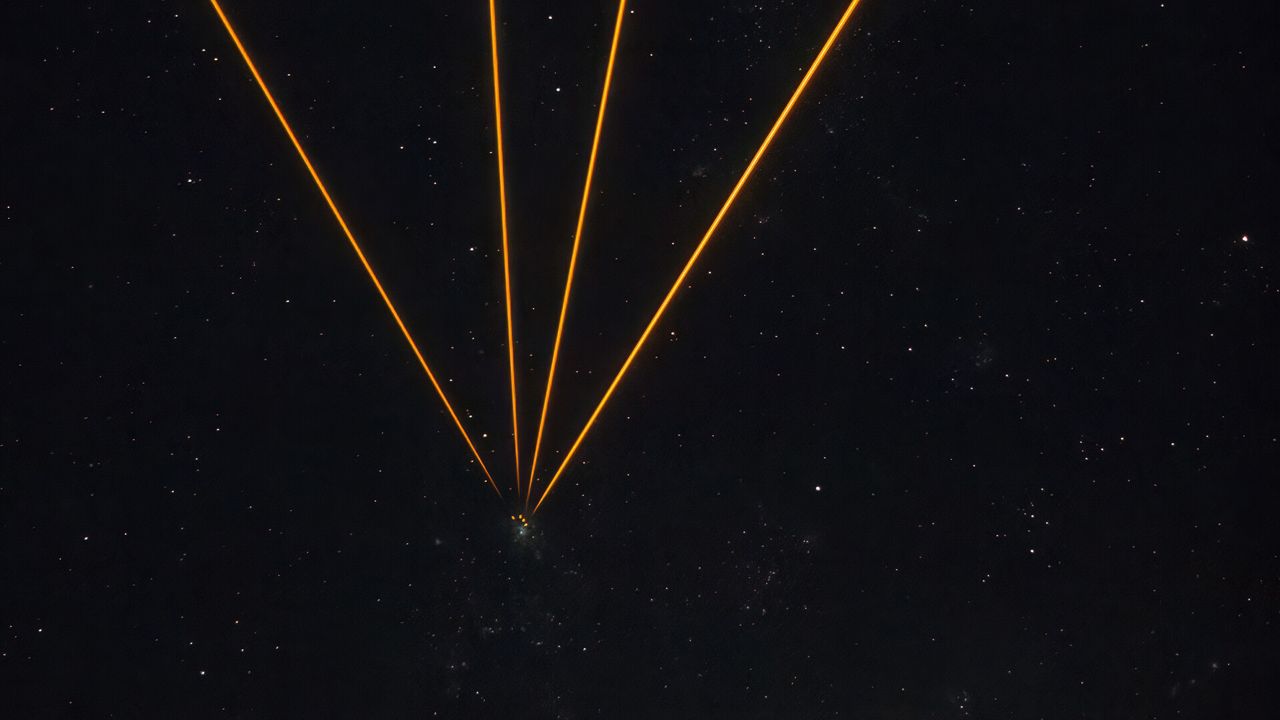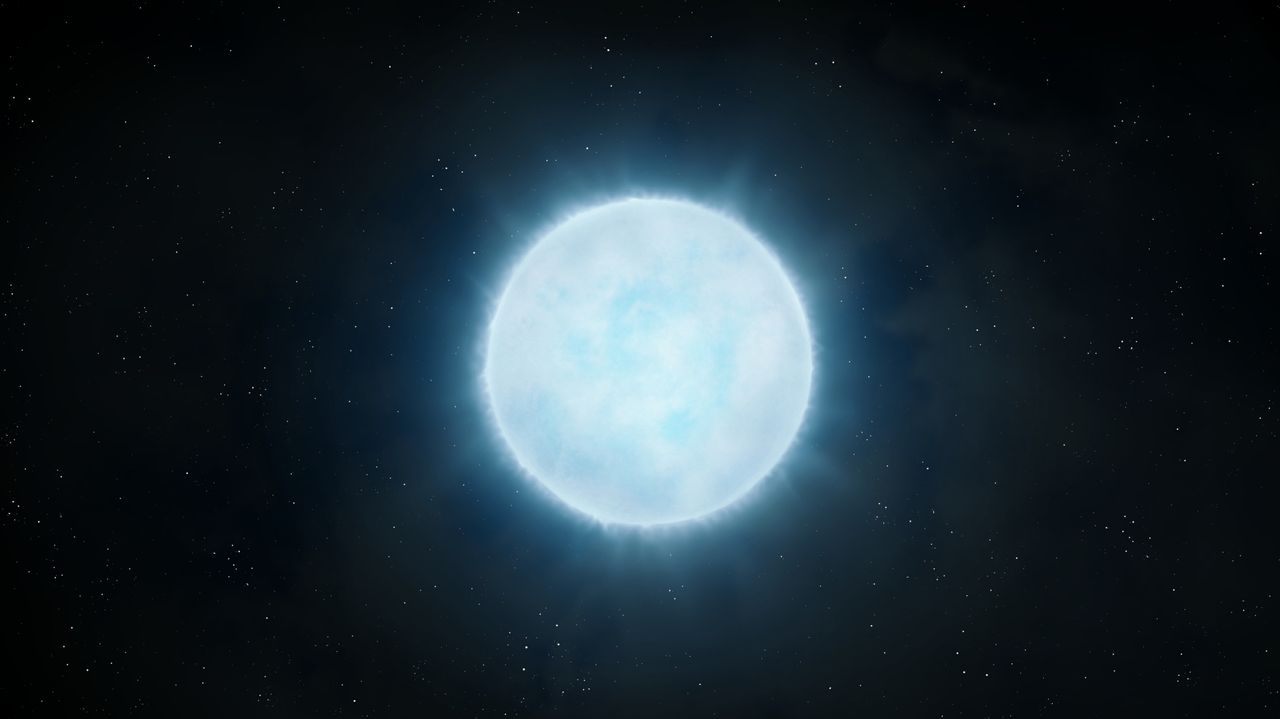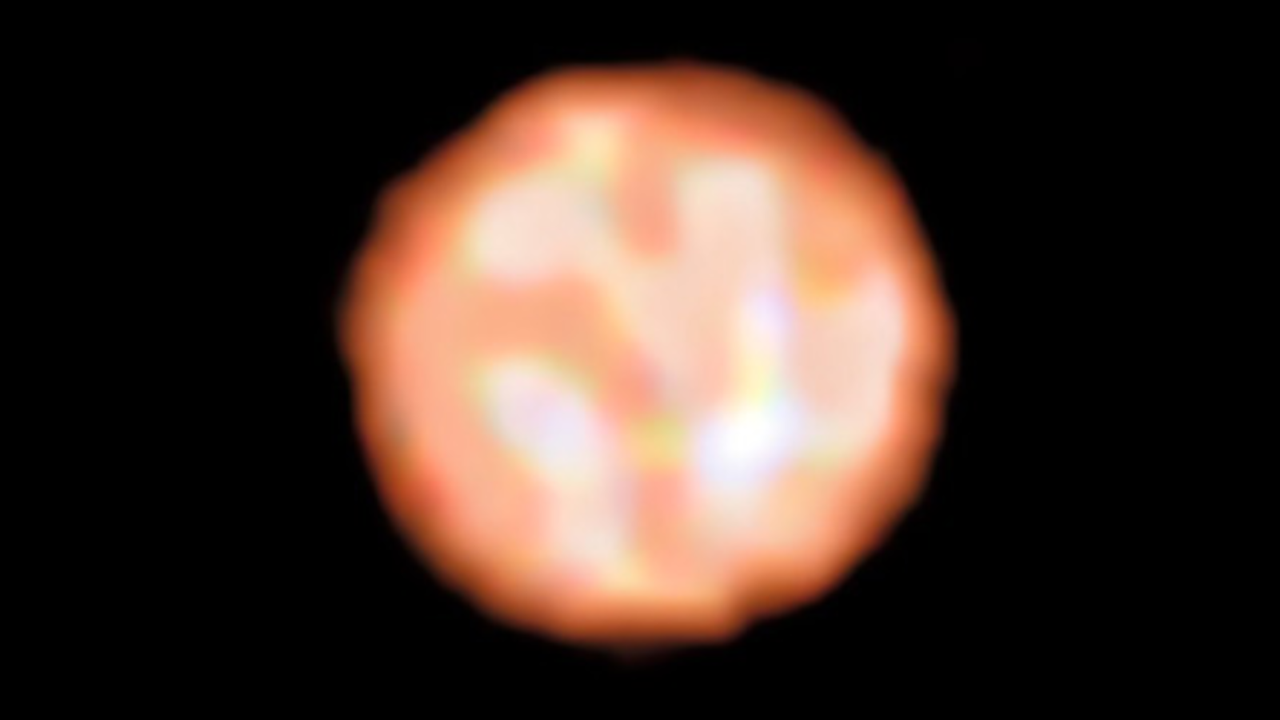Euclid space telescope sees gorgeous cosmic cloud | Space photo of the day for Nov. 18, 2025
PositiveScience
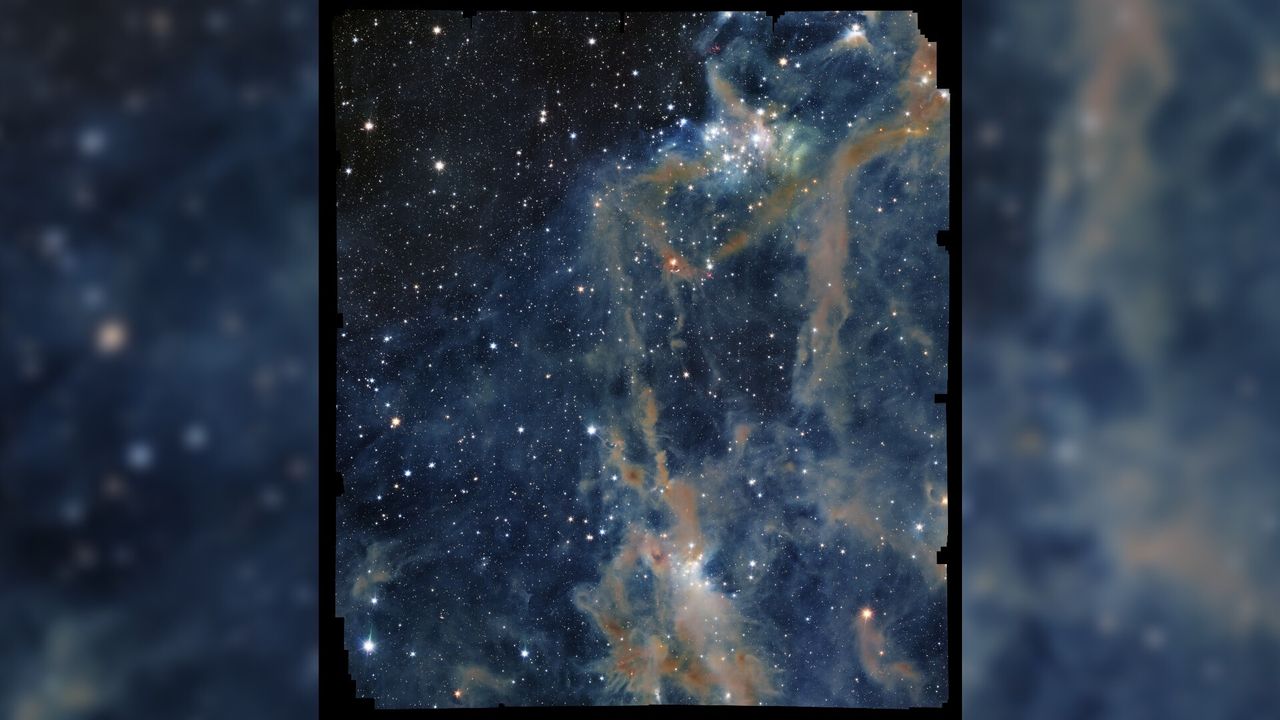
- The Euclid space telescope has successfully captured a breathtaking image of a cosmic cloud, demonstrating its advanced capabilities in exploring both our cosmic neighborhood and the deeper universe. This significant achievement was announced on November 18, 2025, emphasizing the telescope's role in astronomical research.
- This development is crucial as it not only enhances our understanding of the universe but also showcases the technological advancements in space exploration. The insights gained from such observations can lead to new discoveries about cosmic phenomena and the fundamental nature of the universe.
— via World Pulse Now AI Editorial System
